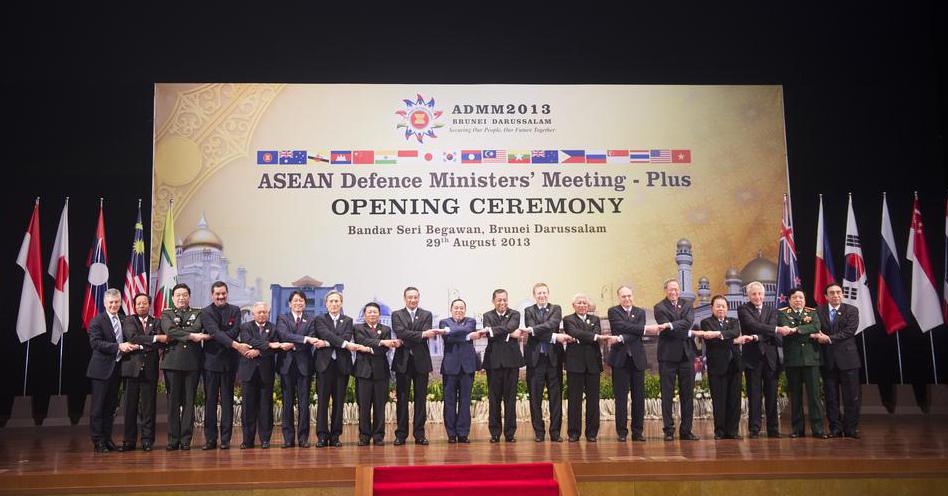At WiseGEEK, we're committed to delivering accurate, trustworthy information. Our expert-authored content is rigorously fact-checked and sourced from credible authorities. Discover how we uphold the highest standards in providing you with reliable knowledge.
What Are the Different Types of Laissez-Faire Policy?
The different types of Laissez-Faire policy revolve around the concept of completely free trade, where commercial interests are allowed to buy and sell goods across borders without any government intervention to control supply and demand and manipulate prices through taxes, tariffs, or other types of control mechanisms. While Laissez-Faire policy originated in 17th-century France when the merchant class asked the French state to stay out of their affairs, free trade has been practiced more in ancient times than in the past few centuries. As government records concerning the flow of imports and exports become more precise, Laissez-Faire policy becomes a matter of degrees. Free trade as of 2011 often indicates merely a reduction in tariffs, taxes, and restrictions rather than a complete elimination of them.
A good example of Laissez-Faire policy is one that formed in 2010 between China and the Association of Southeast Asian Nations (ASEAN). Negotiations to reduce trade barriers had been ongoing since 2003 among the economic systems of all involved nations, which together include nearly one-third of the population of Earth at the time and a combined economy under the free trade agreement of $6,000,000,000 US Dollars (USD). As a result of the agreement, over all tariffs on goods crossing the border into China average 1% as of 2011, and tariffs on goods exported from China to its ASEAN partners average 1.6%. Results of reduced trade costs across borders have increased trade volume by 44% in 2010 alone between China and its ASEAN partners, and some products like cosmetics traded between China and the Philippines have seen dramatic reductions in tariffs from a previous level of 60% down to 5% in the same year. Small member nations of ASEAN such as Vietnam have also seen dramatic increases in the flow of goods across borders attributed directly to a reduction in import and export taxes as well.

Other examples of Laissez-Faire policy involve harmonizing regulations on imports and exports to benefit nations with very different needs. Economic efficiency involves adjusting trade to allow for nations to produce those goods or services at which they have a competitive edge. Nations near the equator, for instance, have the best climates for growing tropical fruits and agricultural crops year round, and nations with highly-educated populations are more ideally suited to producing finished goods such as consumer electronics. As countries increasingly specialize based on their unique competitive advantages, they become more interdependent from one another and this promotes trade, which is facilitated best by Laissez-Faire policy.

The North American Free Trade Agreement (NAFTA) established in 1994 between the United States, Mexico, and Canada was an attempt to harmonize the economies of these three diverse nations. It eliminated tariffs as well as limits on how much of a quantity of particular products could be imported or exported, and removed all trade restrictions as of 2008. By removing these barriers, trade between the three nations increased by 190% from 1993, the year prior to the agreement, to 2010. This type of unrestricted implementation of Laissez-Faire policy created the largest free trade region in the world in terms of trade value, with $17,000,000,000 USD in goods and services traded between NAFTA partners annually as of 2011.
AS FEATURED ON:
AS FEATURED ON:












Discuss this Article
Post your comments